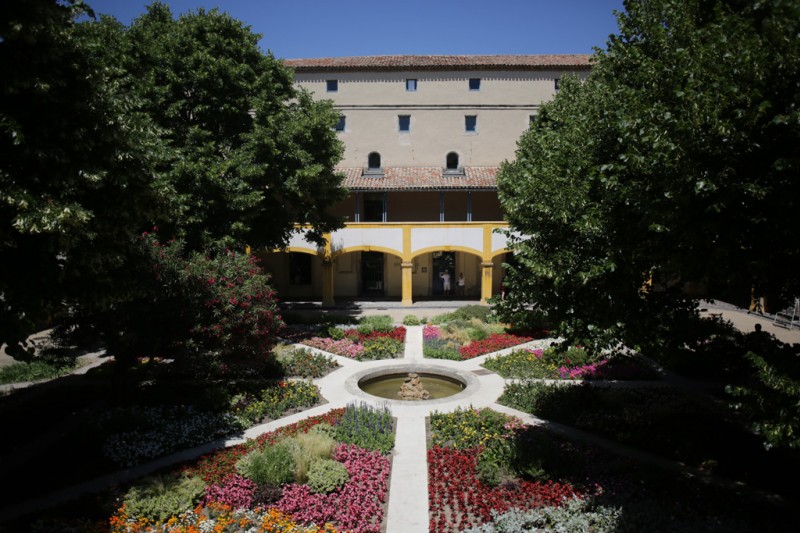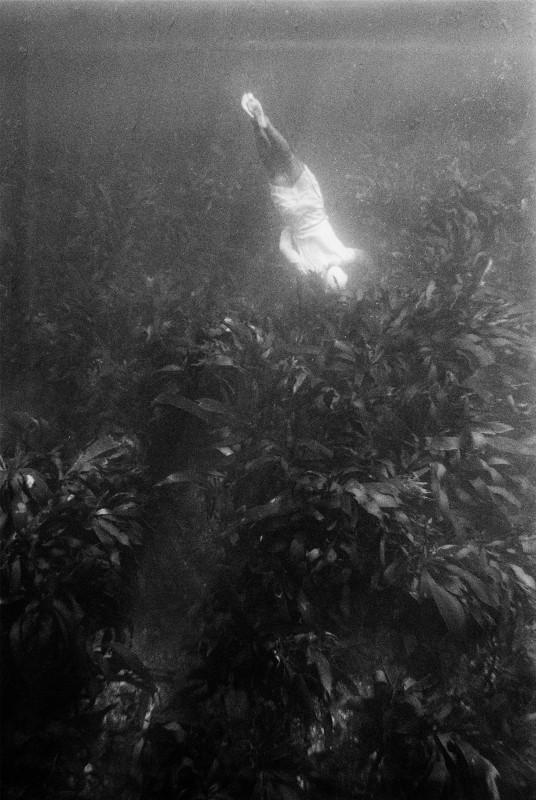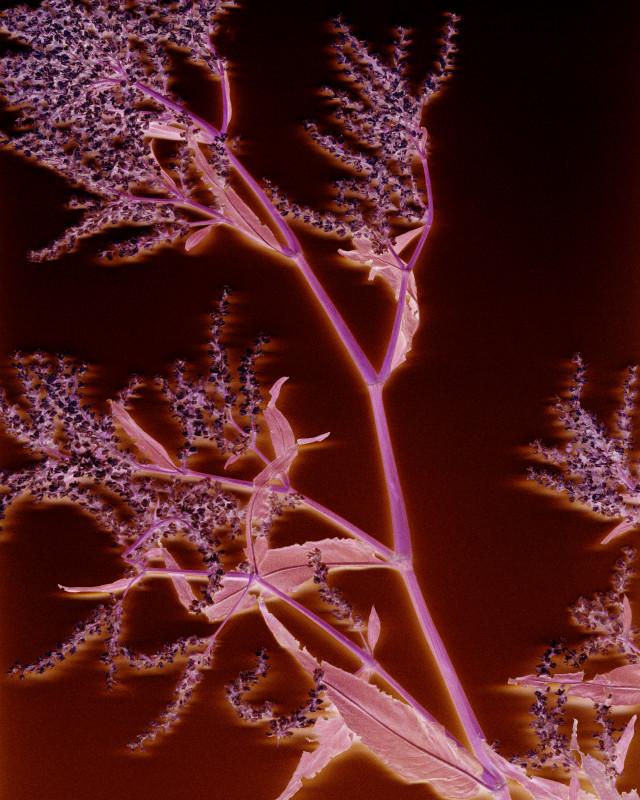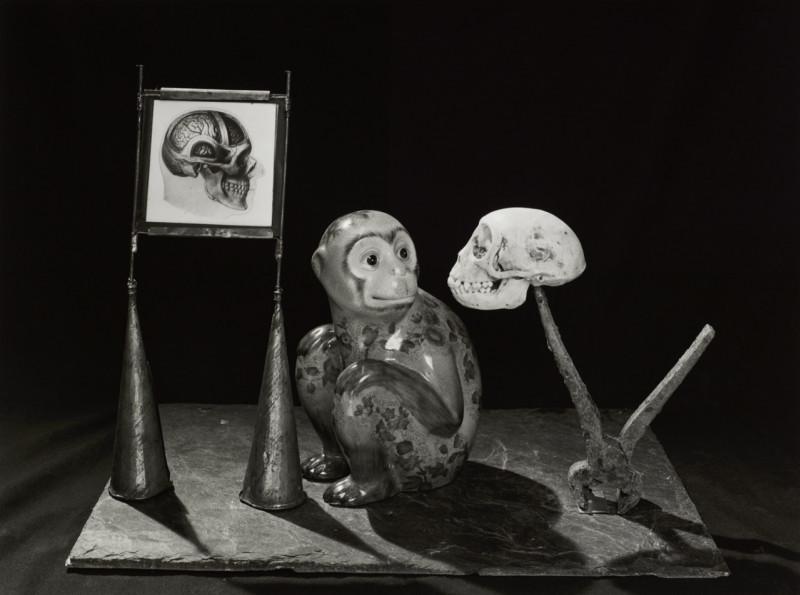Edition 2024
REFLECTION – 11/03/11
JAPANESE PHOTOGRAPHERS FACING THE CATACLYSM
Arai Takashi (1978), Fujii Hikaru (1976), Iwane Ai (1975), Kanno Jun, Obara Kazuma (1985), Ono Tadashi (1960), Sasaoka Keiko (1978), Shiga Lieko (1980) and Suzuki Mayumi (1977).
On March 11, 2011, a massive earthquake measuring 9 on the Richter Scale struck the Northeast coast of Japan and the Tōhoku region, marking one of the most powerful tremors ever recorded. The seismic event caused the Pacific floor to rupture along a stretch over 500km long and 200km wide, triggering a tsunami of up to 30m in height in some areas. The tsunami wreaked havoc, reaching up to a 5 kilometers inland, devastating everything in its path. The aftermath led to a series of catastrophic events at the Fukushima Daiichi nuclear power plant, including four explosions and three core meltdowns. This resulted in a nuclear accident that released overwhelming levels of radioactivity into the air, land, and sea. Thirteen years later, the true impact on affected populations remains difficult to measure. 19,765 people died. 2,553 were reported missing and 20,000 are still displaced.
In response to the unprecedented catastrophe, Japanese artists swiftly mobilized to grasp multitudes of issues and situations that emerged. Many photographers ventured to the disaster site, returning over the years to document the ongoing effects of devastation and contamination as well as the reconstruction and rehabilitation process. They engaged on Japan’s historical past and the contemporary social structure that caused issues of disparity as well as discrimination endured by the people in the disaster affected region. Not since the Provoke years had the Japanese photographic scene displayed such signs of resilience and, in a second stage, of resistance to prevailing circumstances. It became imperative to build up a visual memory to take account of the visible—the disappearance of humans and the collapse or the alteration of landscape—but also to reveal the invisible—reactivity and its enduring consequences.
Presented for the first time in Arles, the group exhibition Reflection – 11/03/11 proposes to draw the gaze of the European continent to this tragedy which caused immense societal and environmental repercussions.
Philippe Séclier and Marina Amada
On March 11, 2011, a massive earthquake measuring 9 on the Richter Scale struck the Northeast coast of Japan and the Tōhoku region, marking one of the most powerful tremors ever recorded. The seismic event caused the Pacific floor to rupture along a stretch over 500km long and 200km wide, triggering a tsunami of up to 30m in height in some areas. The tsunami wreaked havoc, reaching up to a 5 kilometers inland, devastating everything in its path. The aftermath led to a series of catastrophic events at the Fukushima Daiichi nuclear power plant, including four explosions and three core meltdowns. This resulted in a nuclear accident that released overwhelming levels of radioactivity into the air, land, and sea. Thirteen years later, the true impact on affected populations remains difficult to measure. 19,765 people died. 2,553 were reported missing and 20,000 are still displaced.
In response to the unprecedented catastrophe, Japanese artists swiftly mobilized to grasp multitudes of issues and situations that emerged. Many photographers ventured to the disaster site, returning over the years to document the ongoing effects of devastation and contamination as well as the reconstruction and rehabilitation process. They engaged on Japan’s historical past and the contemporary social structure that caused issues of disparity as well as discrimination endured by the people in the disaster affected region. Not since the Provoke years had the Japanese photographic scene displayed such signs of resilience and, in a second stage, of resistance to prevailing circumstances. It became imperative to build up a visual memory to take account of the visible—the disappearance of humans and the collapse or the alteration of landscape—but also to reveal the invisible—reactivity and its enduring consequences.
Presented for the first time in Arles, the group exhibition Reflection – 11/03/11 proposes to draw the gaze of the European continent to this tragedy which caused immense societal and environmental repercussions.
Philippe Séclier and Marina Amada
Curators: Philippe Séclier and Marina Amada.
With Support from Fondation Franco-Japonaise Sasakawa and the National Center for Art Research.
Publication: Répliques 11/03/11. Des photographes japonais face au cataclysme, Atelier EXB, 2024.










